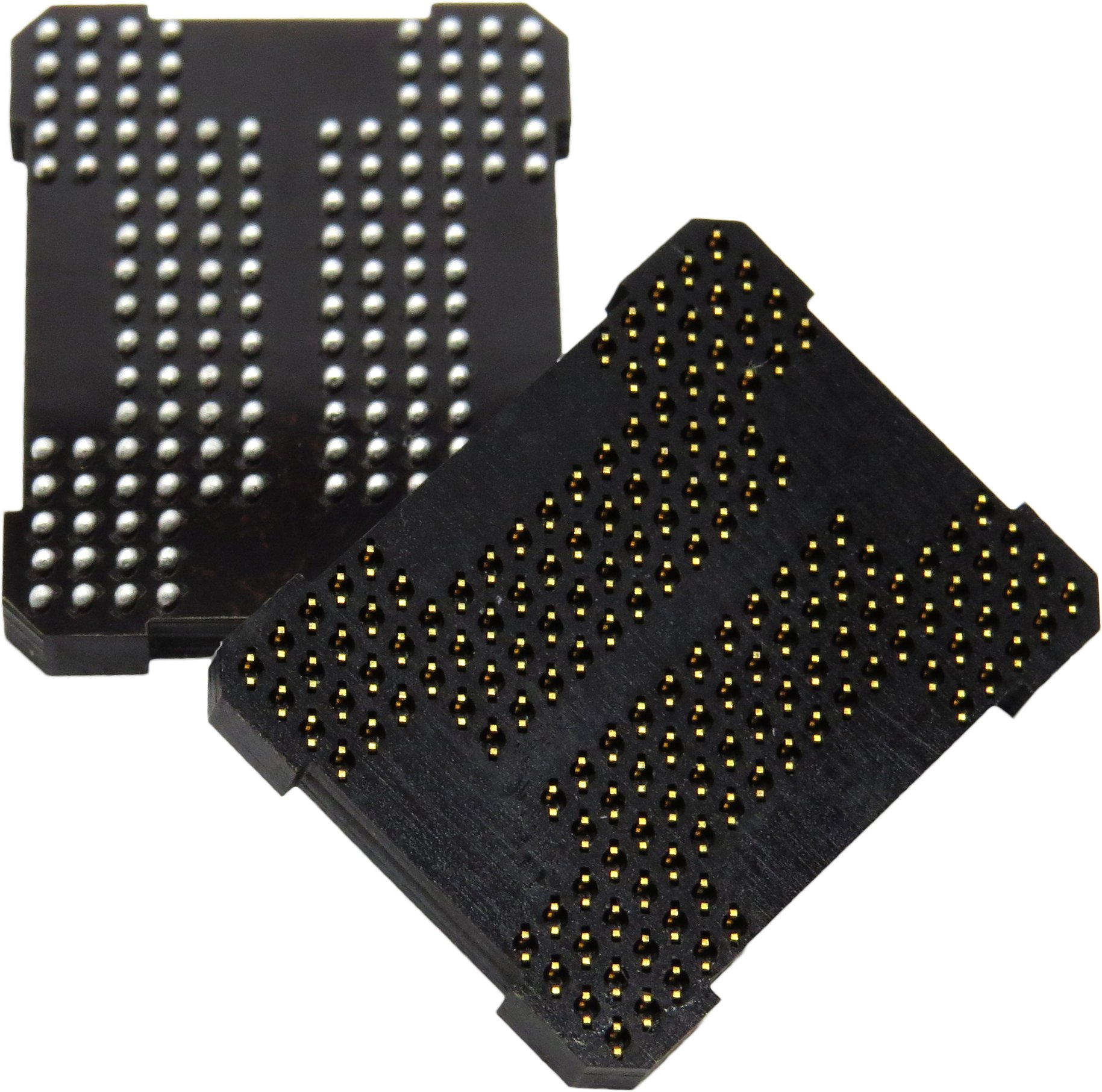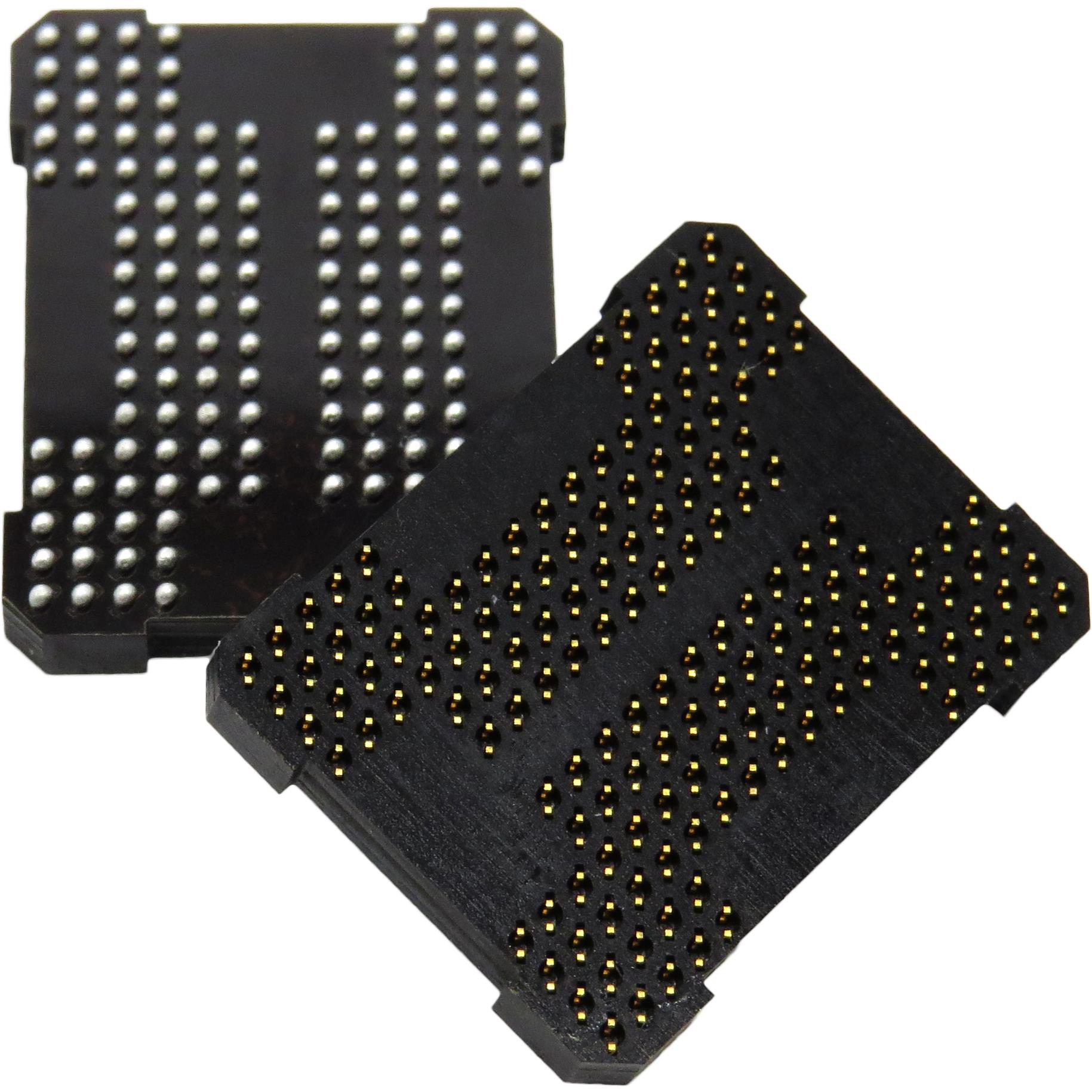Grypper Series, IC Sockets
Results:
4
Manufacturer
Series
Number of Positions or Pins (Grid)
Contact Finish - Mating
Operating Temperature
Contact Material - Post
Housing Material
Contact Finish Thickness - Mating
Termination
Mounting Type
Contact Finish Thickness - Post
Pitch - Post
Type
Contact Finish - Post
Contact Material - Mating
Pitch - Mating
Features
Results remaining:4
Applied Filters:
Grypper
IC Sockets
Sockets play a crucial role in facilitating the repeated insertion, removal, substitution, and replacement of Integrated Circuits (ICs) and transistors within a circuit. They provide a secure and adaptable interface for these electronic components, allowing for easy maintenance and upgrades.
Sockets are available in various mounting types, including chassis, panel, connector, board surface, and through-hole, offering flexibility in their installation and use across different electronic systems. Each mounting type caters to specific application requirements, ensuring compatibility and reliable performance.
In addition to mounting types, socket features include board guides, carriers, flanges, open framing, and closed framing, which contribute to the stability, alignment, and protection of the inserted ICs or transistors. These features are designed to enhance the overall functionality and reliability of the sockets in diverse operating environments.
Furthermore, sockets are differentiated by post pitch, contact material and finish, termination style, and contact finish, allowing for customization based on specific electrical and mechanical requirements. The variation in these attributes ensures that sockets can accommodate a wide range of ICs and transistors with different specifications and configurations.
By considering factors such as post pitch, contact material, termination style, and contact finish, users can select sockets that best suit their application needs, ensuring optimal electrical performance and mechanical compatibility.
In summary, sockets serve as essential components for enabling the flexible and reliable integration of ICs and transistors within electronic circuits. Their diverse mounting types, features, and customization options make them indispensable for applications requiring frequent component insertion, removal, and replacement.



